1. Archie Bunker (All in the Family)
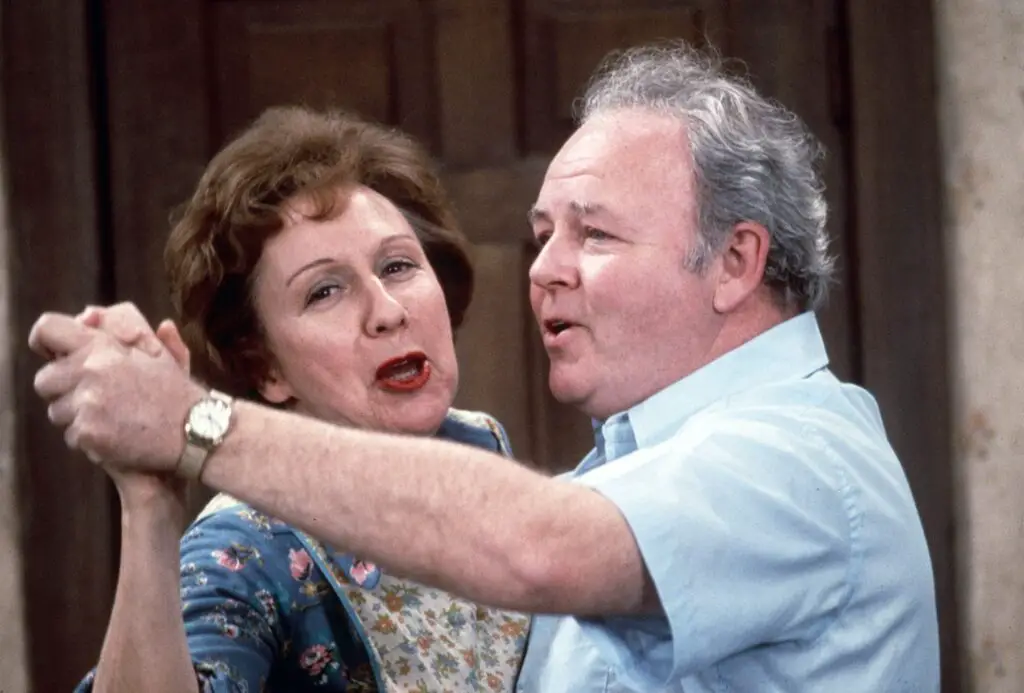
Archie Bunker was a working-class guy from Queens who had no filter and wasn’t afraid to share his unfiltered opinions about politics, race, gender roles, and just about everything else. While Carroll O’Connor played him with a mix of comedy and depth, Archie’s language and outlook were often offensive. At the time, the point was to spark conversation about real social issues, but much of his dialogue would be considered too inflammatory today.
Audiences now might see Archie less as a satirical mirror and more as a harmful stereotype. His rants about immigrants, women, and minorities wouldn’t land as “teachable moments” but as outright problematic. Satire has shifted, and while Archie worked as a vehicle for Norman Lear’s vision of social commentary in the ’70s, today he’d be seen as going too far without enough balance.
2. Jack Tripper (Three’s Company)
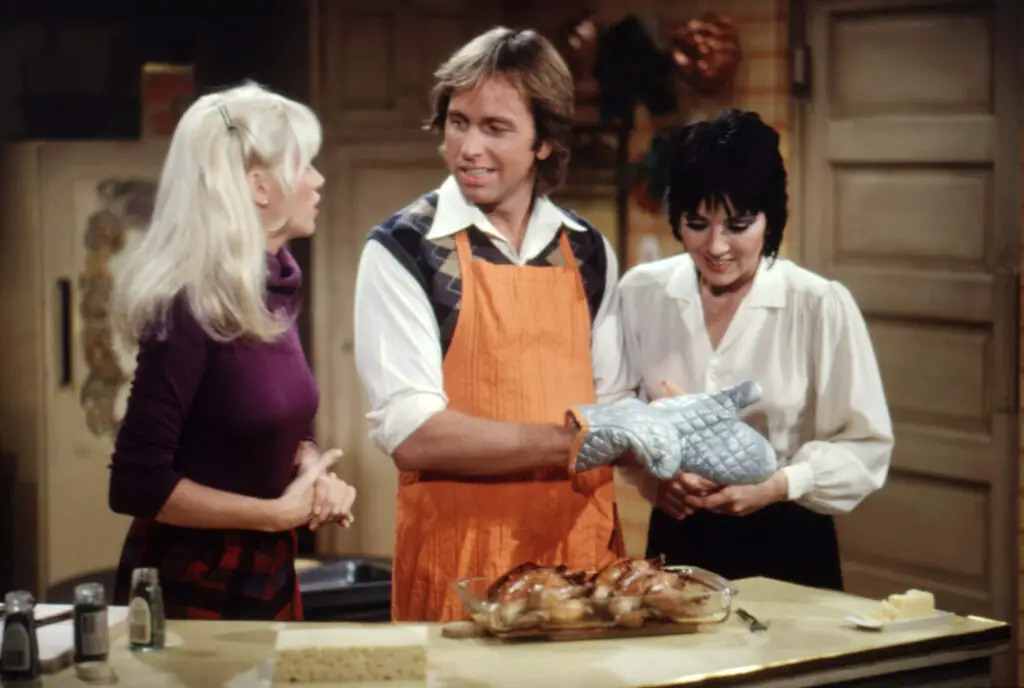
John Ritter’s Jack Tripper was lovable, goofy, and hilarious, but his whole setup was built on pretending to be gay so he could live with two women. That premise was played strictly for laughs and misunderstandings, but modern audiences might find it outdated and tone-deaf. Using homosexuality as a punchline feels off in today’s context, where LGBTQ+ representation is taken much more seriously.
While Ritter’s physical comedy was genius, the constant innuendo and mistaken identities wouldn’t work the same way now. The humor often leaned into stereotypes, and Jack’s fake persona was used to shock landlords and visitors. It was funny then, but it doesn’t line up with today’s more thoughtful approach to inclusivity.
3. George Jefferson (The Jeffersons)
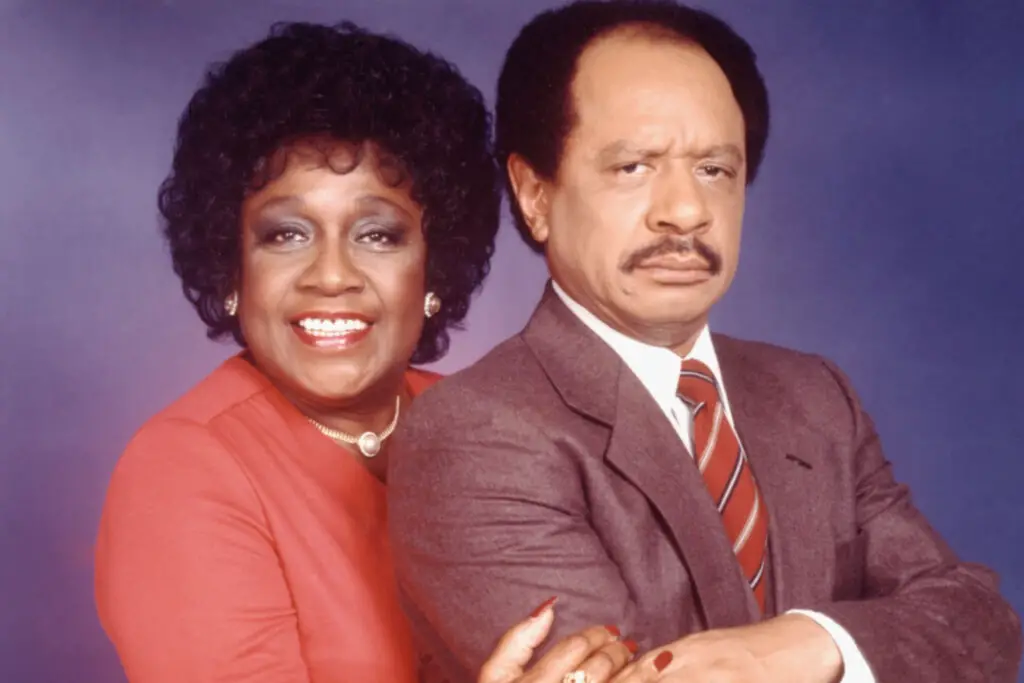
George Jefferson was brash, ambitious, and unafraid to put people in their place. Sherman Hemsley played him with charisma, but George’s character leaned heavily on being loud, dismissive, and rude in ways that might not translate as easily today. His constant insults toward people of different races and backgrounds, even when meant as humor, could come off as harsh instead of funny.
Back then, George’s edge was a pushback against the more conservative TV characters of the era. He was a breakthrough in representation, but his style of comedy hasn’t aged well. The shouting matches and derogatory comments, while groundbreaking in the ’70s, might feel more abrasive than entertaining to a modern audience.
4. Frank Barone (Everybody Loves Raymond precursor in Maude and All in the Family)
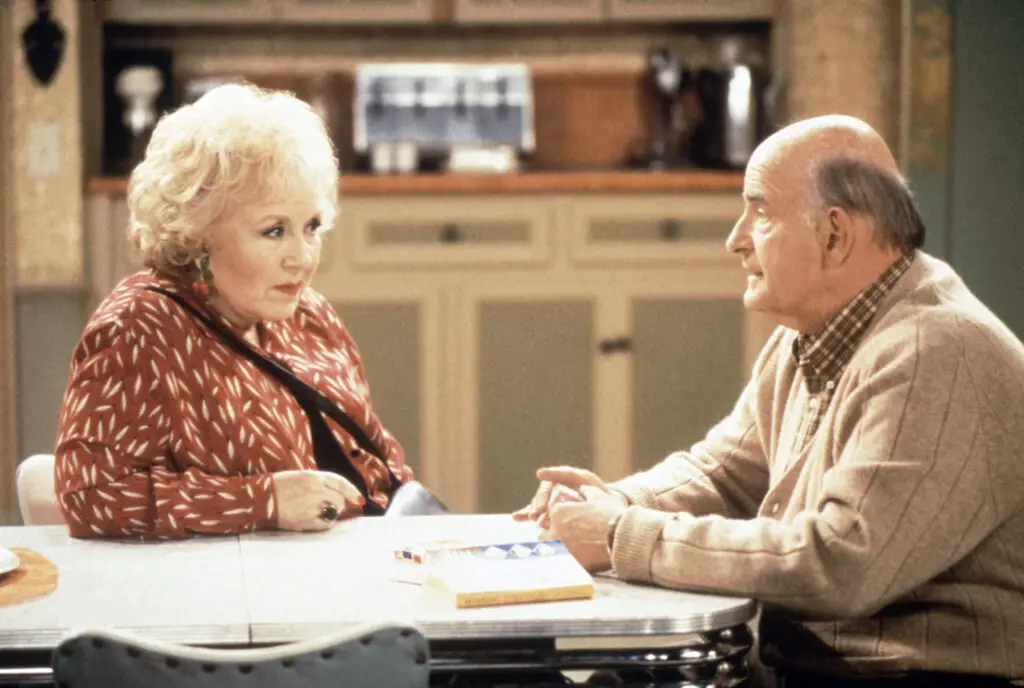
Before he was known as Raymond’s dad, Peter Boyle played guests in Lear’s world that reflected cranky, stubborn older men who said whatever they pleased. That archetype—loud, dismissive, and mocking everyone around them—was considered funny in a “grumpy old man” way. But humor built solely on belittling others has fallen out of favor.
Audiences today expect more depth and empathy in sitcom parents. What once passed as comedic nagging or “just being old-fashioned” would now look like toxic behavior. These characters still have a nostalgic place in TV history, but their bluntness without sensitivity wouldn’t get the same laughs today.
5. Ralph Kramden (The Honeymooners reruns and legacy in the ’70s*)
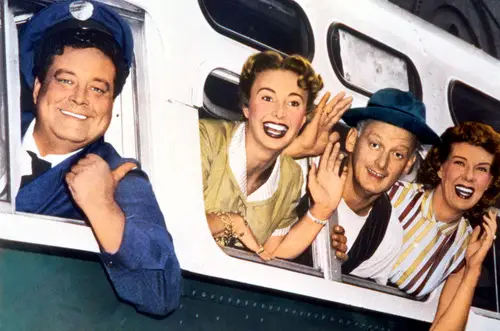
Though The Honeymooners was from the ’50s, reruns made Ralph a household name again in the ’70s. His catchphrase “One of these days, Alice—pow! Right in the kisser!” was played as an empty threat, but by modern standards, even joking about domestic violence doesn’t land. Ralph’s blustery anger and temper tantrums were central to his comedy, but they wouldn’t feel harmless today.
In the ’70s, audiences knew Jackie Gleason’s Ralph wasn’t really going to hit his wife, but humor has shifted. His threats and yelling would be flagged as abusive, not funny. That shift shows how comedy has moved from laughing at aggression to looking for more wholesome or layered laughs.
6. Hot Lips Houlihan (M*A*S*H)
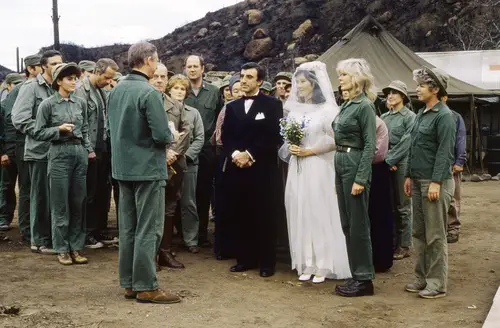
At the start of M*A*S*H, Margaret “Hot Lips” Houlihan was written as the stereotypical “uptight woman” and was often the butt of sexist jokes. Loretta Swit eventually gave her much more dimension, and the writers improved her arc, but those early years treated her as eye candy and comic relief. Her nickname alone would never fly today.
Modern audiences would expect her character to be respected as a skilled nurse and officer without having to wade through degrading humor. Thankfully, M*A*S*H evolved and gave her better storylines, but the early version of Hot Lips wouldn’t sit well with viewers used to more empowered female roles.
7. Fred Sanford (Sanford and Son)
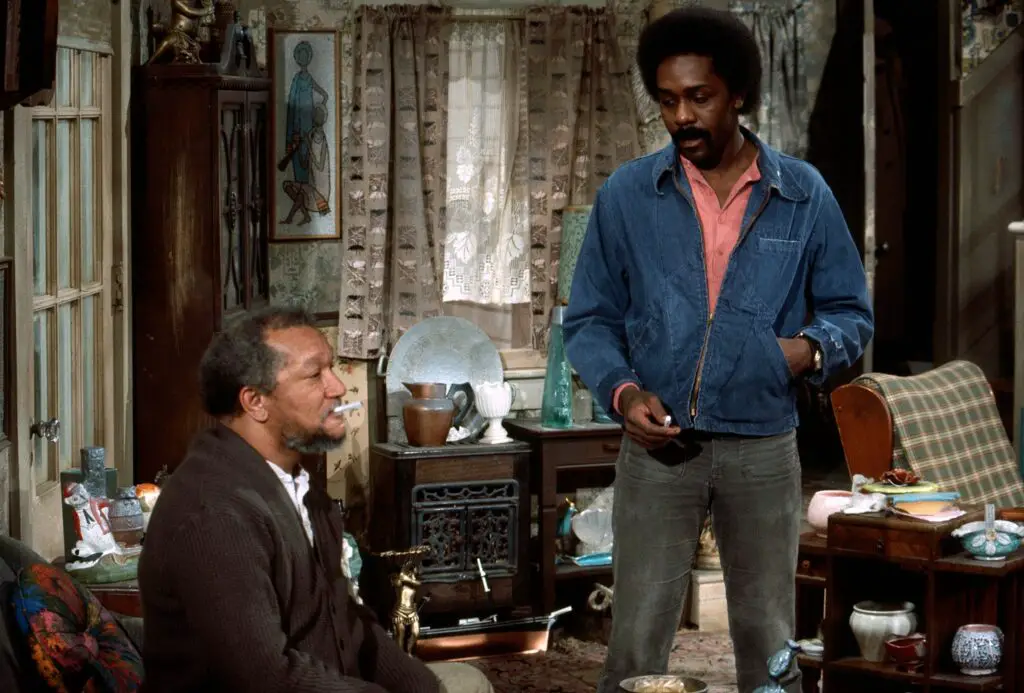
Redd Foxx made Fred Sanford hilarious, but his humor was built on insults, stereotypes, and constant schemes. His catchphrases and sarcastic digs at his son Lamont made the show a hit, but today, some of his language and put-downs would be flagged as offensive. Fred wasn’t shy about mocking people for their looks, backgrounds, or intelligence.
What made Fred so funny then—his outrageous bluntness—could easily cross a line now. Audiences have shifted away from comedy that thrives on mocking marginalized groups. While Foxx’s timing remains legendary, Fred’s insults wouldn’t be written the same way today.
8. Lenny and Squiggy (Laverne & Shirley)
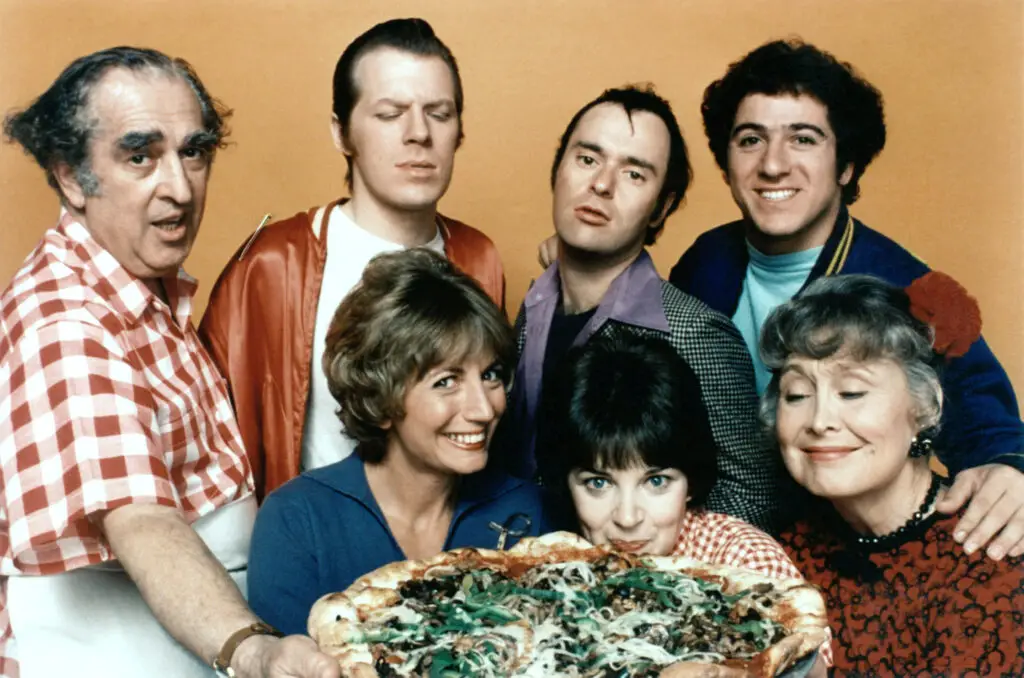
Michael McKean and David Lander’s duo was hilarious as the weird neighbors who popped in with awkward timing. Their humor was loud, silly, and often based on crude remarks. In the ’70s, that over-the-top comedy worked, but modern sitcoms tend to prefer quirkier, subtle humor instead of constant shtick.
Their exaggerated voices and cartoonish antics might feel too one-note for current audiences. Back then, they added comic relief, but now they’d be seen as caricatures without much depth. Lenny and Squiggy are still fondly remembered, but their style of comedy has aged more like a time capsule.
9. Schneider (One Day at a Time)
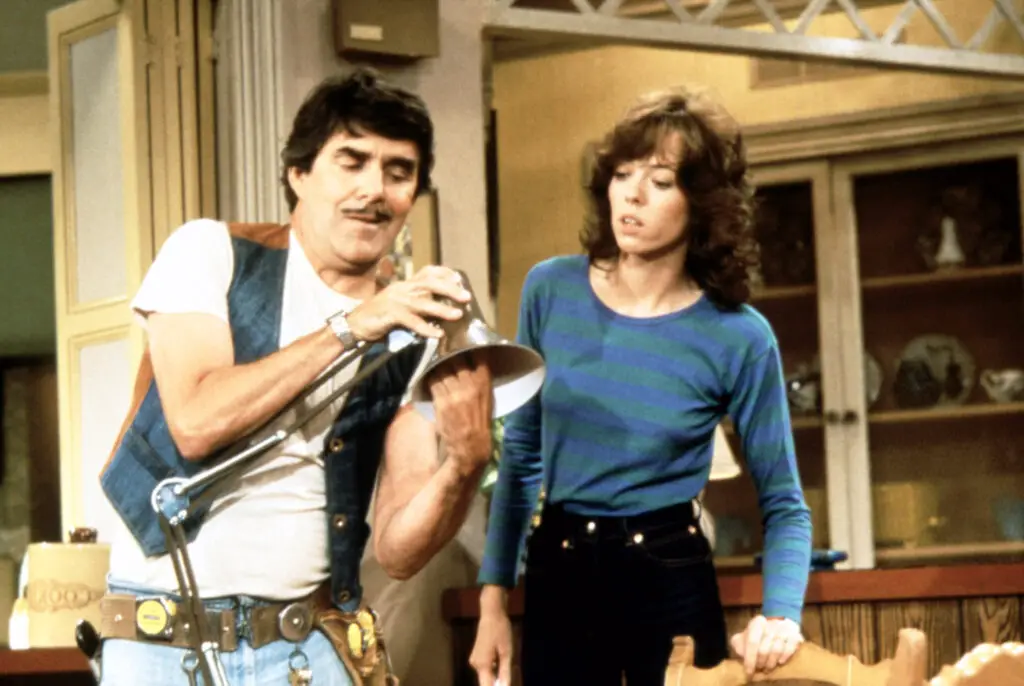
Schneider, the quirky building superintendent, was known for barging into apartments uninvited and making himself at home. In the ’70s, this was played for laughs, showing him as a lovable busybody. Today, that same behavior would raise serious red flags about boundaries and respect.
The constant intrusion into women’s spaces, even with good intentions, just doesn’t hold up. Modern audiences would expect him to be called out for it rather than accepted as part of the household routine. Schneider still has nostalgic charm, but the idea of a super with no boundaries isn’t funny anymore.
10. Bosley (Charlie’s Angels)
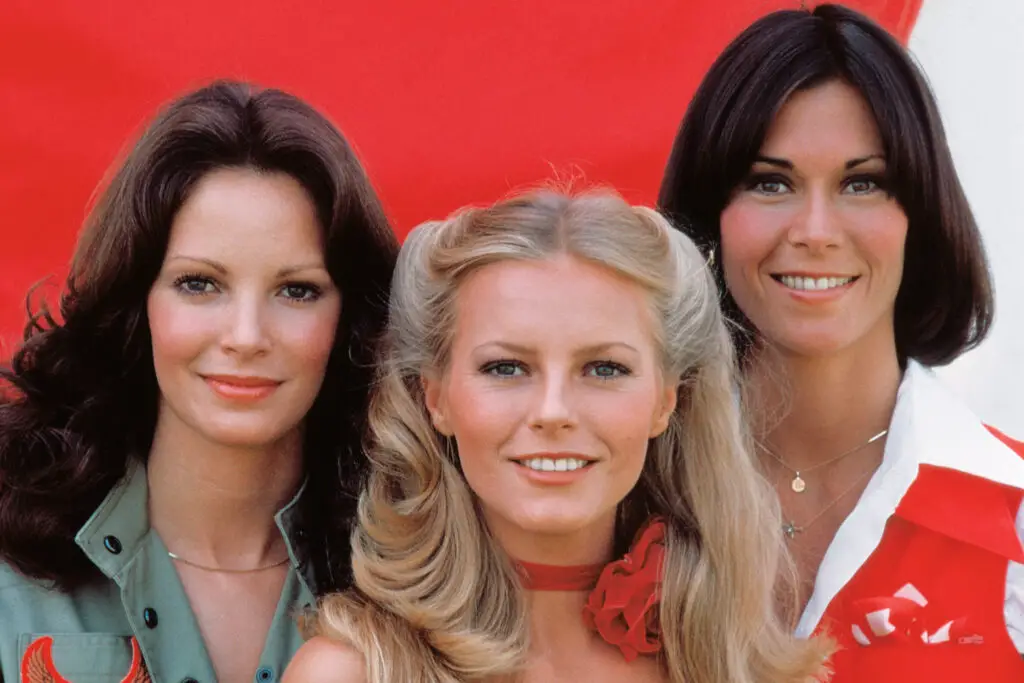
Although not technically a sitcom, Bosley often provided comic relief in Charlie’s Angels. He was the bumbling, well-meaning older man who tagged along with the glamorous Angels. His jokes often made him seem clueless or unnecessary, and the comedy leaned heavily on the contrast between him and the women.
In a modern lens, Bosley’s role might feel patronizing, like the Angels needed a father figure watching over them. Audiences today would expect a more equal footing rather than comedy built on him being awkwardly out of place. His humor worked then, but the dynamic feels dated now.
11. Barney Miller’s Detectives (Barney Miller)
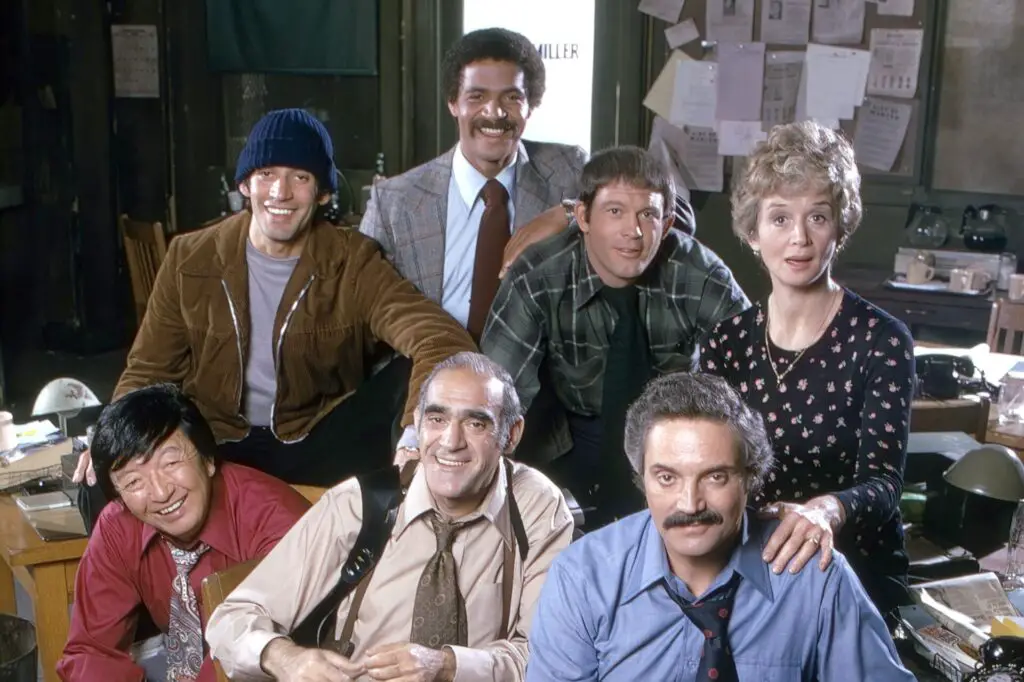
Characters like Wojciehowicz, Harris, and Dietrich often fell into stereotypes that wouldn’t hold up now. The humor sometimes leaned too heavily on cultural or racial quirks to define a character. While the show was progressive in its time, some of those jokes feel off by today’s standards.
Comedy now looks for more layered representation instead of shorthand stereotypes. What once seemed like harmless humor would now raise eyebrows about fairness and authenticity. The detectives made the show colorful, but parts of their humor haven’t aged gracefully.
12. J.J. Evans (Good Times)
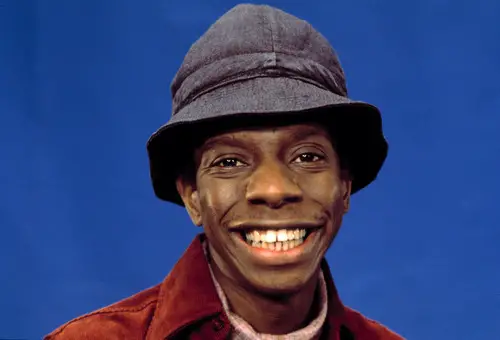
Jimmie Walker’s “Dy-no-mite!” catchphrase made J.J. a household name. But the way his character was written drew criticism even back then for leaning too much on being a clown instead of a full, realistic person. Many felt he played into stereotypes that undercut the show’s otherwise serious storylines.
Today, that criticism would only be stronger. Audiences would want J.J. to have more depth and balance rather than existing mostly for slapstick humor. The character is still iconic, but modern viewers would expect him to be fleshed out beyond comic relief.
13. Mindy McConnell (Mork & Mindy)
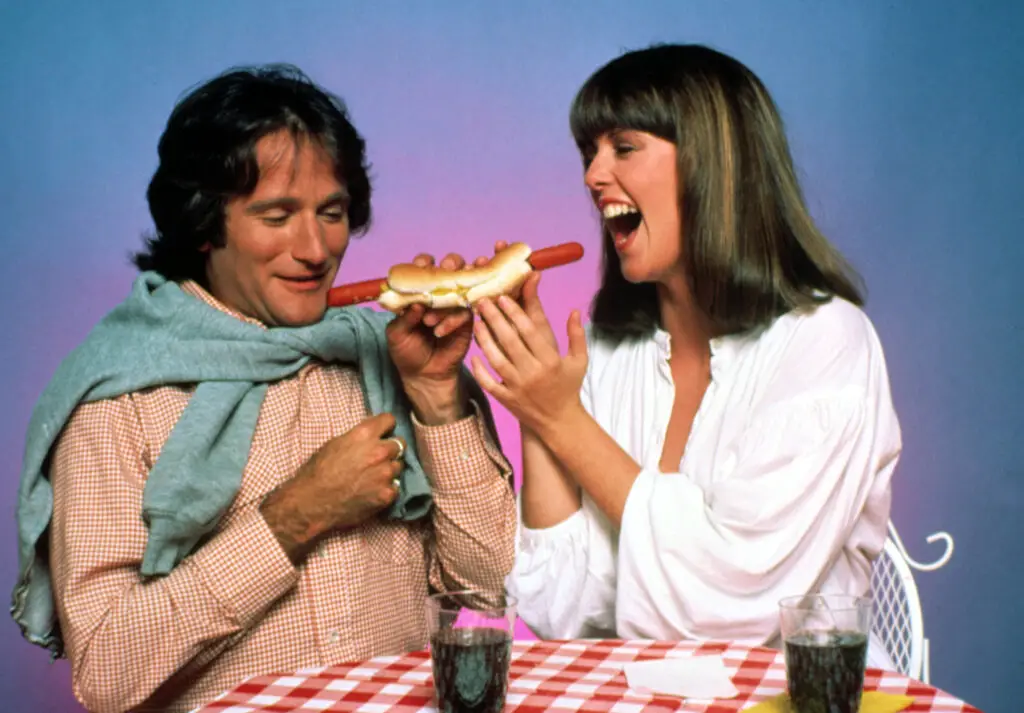
Pam Dawber’s Mindy was kind, sweet, and grounded, but her main job was often to react to Robin Williams’ wacky antics as Mork. She was written as the “straight man,” keeping the chaos balanced. That setup worked then, but today it might feel like she was underutilized.
Modern audiences want female leads to shine in their own right, not just support the male lead’s comedy. Mindy often faded into the background while Mork stole the spotlight. While her warmth kept the show grounded, viewers today would expect her to be given more to do than play second fiddle.
